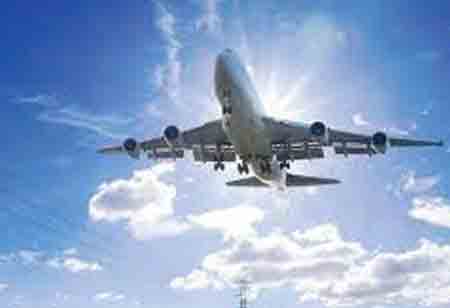THANK YOU FOR SUBSCRIBING
Key Challenges Facing Aviation Sector Today
According to one study, passenger numbers will double in the next 20 years, reaching 7.8 billion in 2036.

By
Apac CIOOutlook | Wednesday, August 11, 2021
Stay ahead of the industry with exclusive feature stories on the top companies, expert insights and the latest news delivered straight to your inbox. Subscribe today.
According to one study, passenger numbers will double in the next 20 years, reaching 7.8 billion in 2036.
FREMONT, CA: To accommodate more travelers, airlines will need to offer more flights and use larger planes, and airport infrastructure will need to be improved and expanded. However, to meet these needs, the entire sector must deploy the necessary strategies and innovations to accommodate expansion while remaining competitive, compliant, safe, and secure.
Here are some of the obstacles that aviation professionals and companies will encounter as they improve existing operations while also anticipating future needs.
- World Economy
The impact of regional and global economies on growth and financial success can be enormous. Therefore, it's critical to be aware of current market conditions as international airlines pick which locations to add or routes to develop due to economic turbulence or recovery.
- Cost Controls
To maintain operations and meet consumer demand, businesses must exercise efficient cost control while making the necessary investments for future projections. Therefore, controlling operating costs and making modifications to meet outside circumstances are critical in aviation.
Minor changes in gasoline prices, for example, might have a significant influence on total operating costs.An increase in gasoline prices would force airlines to diversify their revenue streams.
- Customer Experience
Travelers desire everything, including a smooth transfer from land to air and everything in between. In addition, they want less stress when going through security and more options for suitcase drop-off. To improve the travel experience, airports, airlines, and other key stakeholders, such as travel stores, must collaborate.
- Cybersecurity
Cybersecurity is becoming more of a concern across all industries. A cyber attack in aviation, on the other hand, can do more than disclose passenger data. A hacker might theoretically shut down runway lighting, baggage control systems, and communication between air traffic control and pilots, causing widespread and devastating damage. All network systems, including reservation systems, flight management systems, and flight traffic management, are in jeopardy. To deploy cybersecurity protection and build a security culture, airport and airline leadership will need to collaborate with technical support.
- Airline Growth
When it comes to expansion, airlines have numerous hurdles. They must maintain existing fleets while also purchasing new planes to replace aging airplanes and accommodate a rise in passengers.
To assist in control costs, the fleet replacement must get planned to cut fuel and maintenance prices.
- Airport Growth
Airports are being entrusted with updating terminals, operations centers, concourses, and other areas to accommodate an increase in travelers better while also improving on-site facilities such as airport hotels, shopping malls, and even an indoor rainforest.
See Also: Top Artificial Intelligence Companies





